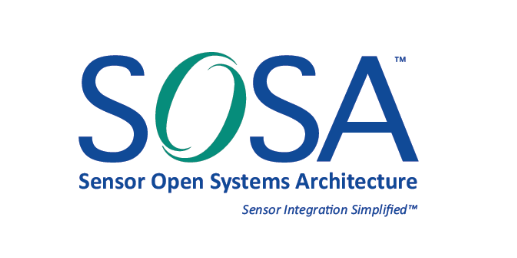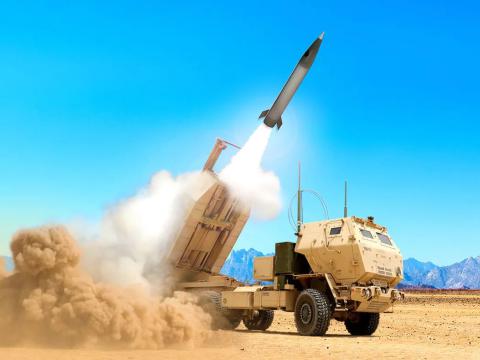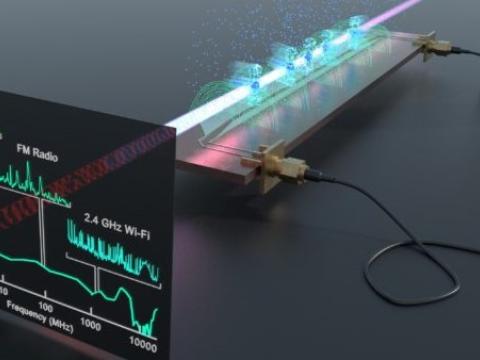SOSA Issues New Business Guide
The Sensor Open Systems Architecture Consortium, or SOSA, released its so-called SOSA Business Guide to assist companies who specialize in sensors systems to build solutions based on SOSA open architecture standards. Led by The Open Group, SOSA has been pioneering a common framework for command, control, communications, computers, cyber, intelligence, surveillance and reconnaissance (C5ISR) capabilities for several years.
The consortium’s latest release, SOSA Business Guide, Edition 1.0, is meant to be a “comprehensive guide” for stakeholders who handle the acquisition, deployment, modernization and sustainment of C5ISR systems. The new business guide explains the SOSA technical standards, how software modules map to physical infrastructure and how to achieve conformance certification. It provides acquisition steps and how interested vendors can get started in applying the SOSA technical standards when creating C5ISR systems.
In addition to reviewing SOSA’s objectives and its organization, the guide also discusses the consortium’s business strategy and open business model, explained Ilya Lipkin, chair of SOSA’s Steering Committee and U.S. Air Force open architecture technical expert.
“As threats to sensing and communications advance and accelerate, the U.S. government needs to acquire sensor capabilities in a more agile and affordable way than traditional acquisition methods,” Lipkin noted. “Moreover, the industry needs a viable business model with real opportunities to compete for business. The Open Group SOSA Consortium provides these differing interests with a balanced open approach where all stakeholders’ needs are fairly represented in a collaborative forum.”
The guide to the SOSA open architecture aims at “reducing the time and effort” companies spend on creating system modules. By helping businesses create standardized products, SOSA lessens the need for customized C5ISR solutions for the military.
“With the business model for the sensor market ecosystem undergoing a significant transition from federated systems to plug-in cards, the standardization defined by the SOSA Technical Standard translates into considerable cost savings by reducing time and effort needed to set up and integrate modules, resulting in substantial benefit to end customers such as the U.S. government,” the group indicated.
When contacted, companies who are developing SOSA-related solutions applauded the new guide, even as the policy is meant to increase competition and move away from custom-built solutions.
“Elma is a long-time, steadfast supporter of open standards," said Mark Littlefield, Elma senior manager of embedded computing solutions. “Open architecture standards like SOSA provide an opportunity to reduce development time by leveraging proven interoperable and reusable items. It also helps create a diverse ecosystem, which fosters innovation and healthy competition among multiple vendors."
“Utilizing open standards has been extremely beneficial for SR Technologies and the way we allocate internal research and development (IR&D) and customer funding”, said Conrad Smith, chief technology officer of SR Technologies, Inc. “By implementing our systems using the SOSA open standard, we can now allocate a higher percentage of independent research and development funds to enhancing our core technology, rather than trying to define hardware and software interfaces.”
For more information about The Open Group or SOSA, visit https://www.opengroup.org/ and https://www.opengroup.org/sosa.






Comments